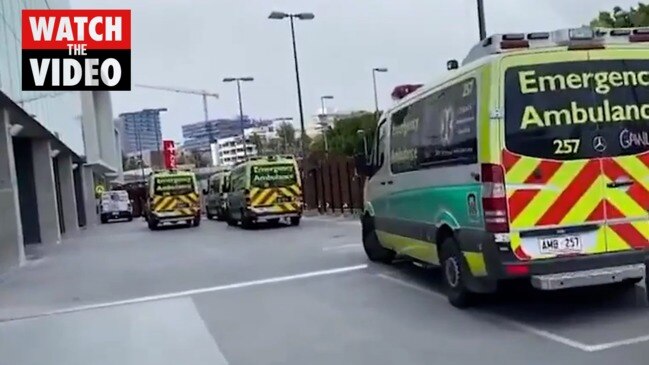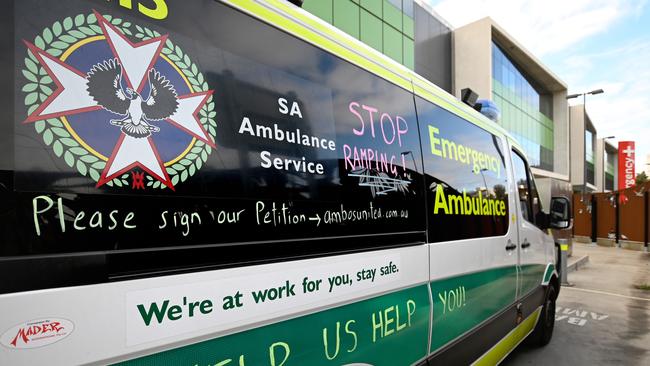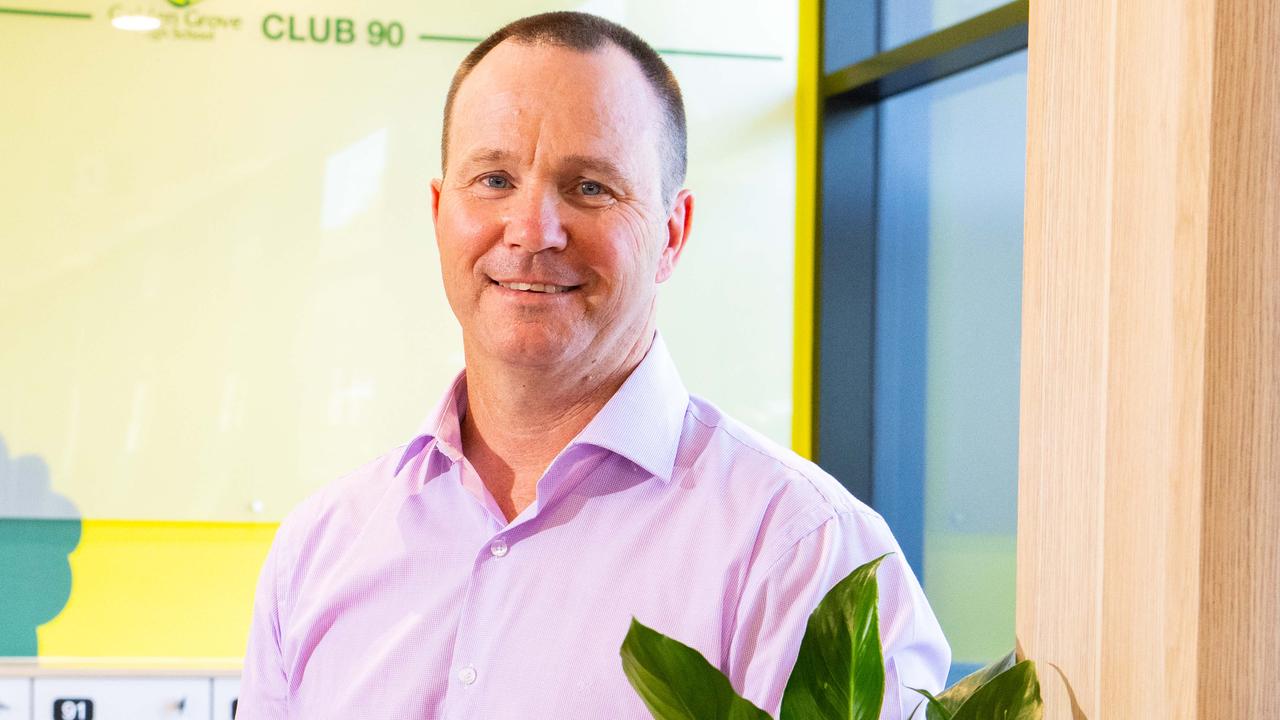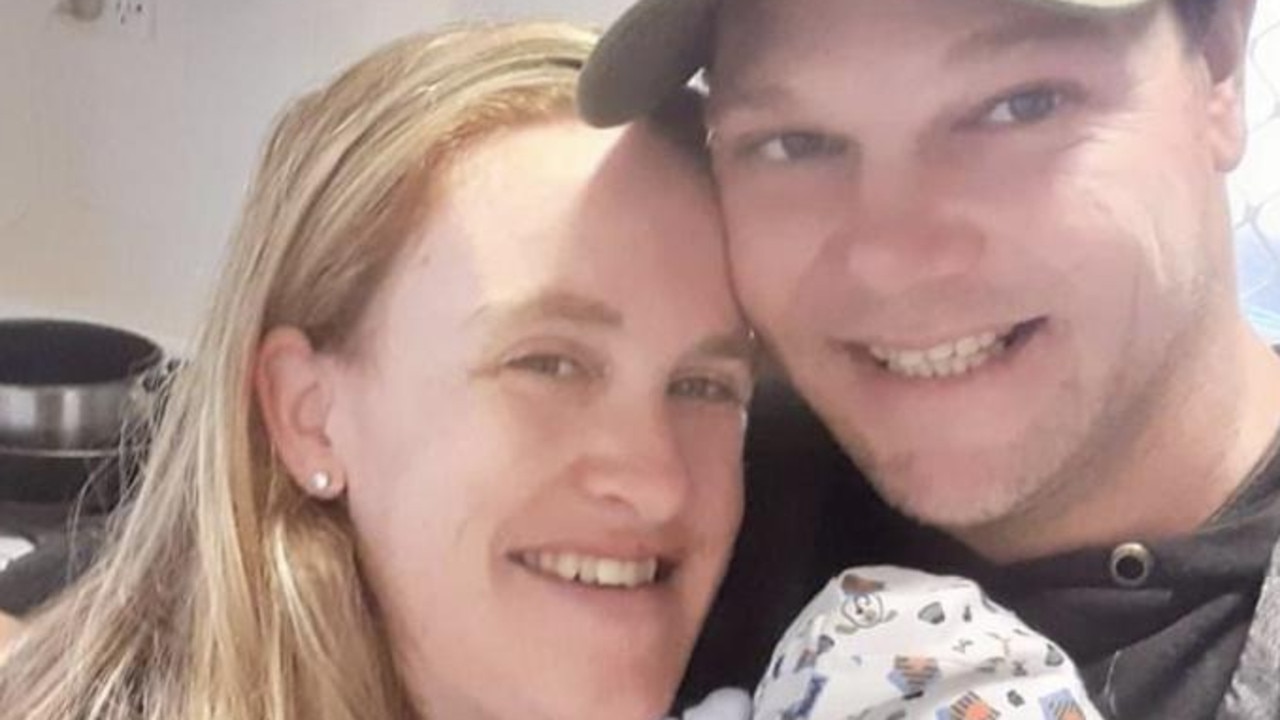Emergencies left waiting overnight because of critical ambulance shortage, paramedics union says
Multiple life-threatening emergencies were left waiting after a critical shortage of ambulances overnight, the paramedics union says.

SA News
Don't miss out on the headlines from SA News. Followed categories will be added to My News.
Life-threatening emergencies were left waiting because of a critical shortage of ambulances overnight, the paramedics union says.
SA Ambulance Service was forced to declare an “OPSTAT White” at 8.30pm on Tuesday, which indicates the service is running at capacity, or its resources are so stretched it can’t maintain effective care for high-care cases.
“Multiple life-threatening emergency cases have been left waiting with no ambulance available to send, some waiting up to an hour after calling for help,” the union said in a tweet on Tuesday night.
The Ambulance Employees Association (AEA) said there was only one responder between the city and Victor Harbor, and no ambulances were available on Tuesday evening.
It detailed multiple emergencies left waiting including at:
NORWOOD where a patient called triple-0 with chest pain but an ambulance did not arrive for over one hour. Chest pain is a serious life-threatening emergency and triaged as a Priority 2 where the SA Ambulance key performance indicator requires an ambulance arrival within 16 minutes;
NORTH Brighton where a patient suffered a seizure and waited for more than seven hours before an ambulance arrived. This case was triaged as Priory 3, where the SA Ambulance’s target response time for ambulance arrival is within 30 minutes;
BLACK Forest where an emergency “lights and sirens” Priority 2 case waited for more than an hour for an ambulance to arrive.
Yesterday evening there was only one single responder between the City & Victor Harbor, no ambulances were avail
— Ambulance Employees Association (SA) (@aeasa1981) June 1, 2021
Multiple emergency cases waited hrs. In Norwood, chest pain patient waited >1hr
Marshall your health system is in crisis and your community is suffering #saparlipic.twitter.com/hWr0zDsSuK
The WCH gone over double capacity in the ED - this is unacceptable - stop and think these are our kids. @SAHealthhttps://t.co/MOjwkkCrVF
— SASMOA (@sasmoa4doctors) June 1, 2021
We are going to keep calling this out @SAHealth over capacity is now unrelenting and has a massive impact on wellbeing of frontline clinicians and patients. If clinicians provide the care what does the health bureaucracy contribute- perhaps time to review their role #timetocarehttps://t.co/x8Yi7cwyIZpic.twitter.com/Fld9zY5xBI
— SASMOA (@sasmoa4doctors) June 1, 2021
In response, the state government said there are more doctors, nurses, midwives and paramedics than ever, and “critical reform” is being undertaken to ensure rosters align with patient demand.
On Tuesday night all metropolitan public hospital emergency departments were on Code White – treating more people than their official capacity.
The AEA warned winter was the busiest time of year for the health system with increased respiratory illnesses, and “if the system is unable to cope on the first day of winter what will occur in the middle of winter”.

“Our members care deeply for their communities and will continue to highlight the critical
safety risks to South Australians by chalking messages on ambulances,” a union statement says.
“First it was meal breaks, then it was rosters and now it is chalking. The Marshall government continues to blame ambos and their conditions instead of their failure to act. The AEA remains deeply concerned for the safety of South Australians while our health system remains in crisis.”
Our ambos will not stop highlighting the critical safety risks facing South Australians' until our health system is safe. #saparli#IStandWithOurAmboshttps://t.co/9L7pwv4mnN
— Ambulance Employees Association (SA) (@aeasa1981) June 1, 2021
The state’s Salaried Medical Officers Association called on SA Health to urgently intervene to deal with clogged EDs.
“Overcapacity is now unrelenting and has a massive impact on the wellbeing of frontline clinicians and patients,” a statement says.
“If clinicians provide the care what does the health bureaucracy contribute – perhaps time to review their role.”
Opposition health spokesman Chris Picton said the situation needed immediate attention.
“It is chilling to think last night South Australians were calling triple-0 with life-threatening emergencies and there were no ambulances available,” he said.
Ambulance employees this week voted to accept a deal paving the way for 74 extra full-time equivalent staff, after a long-running dispute with the state government.
In a vote, 91 per cent of AEA members backed the deal.
Treasurer Rob Lucas said candidates with relevant training could be recruited immediately, and those needing training could start later this year or early next year.
A state government spokesman said there were now more doctors, nurses, midwives and paramedics than ever before in South Australia.
“The state government has also embarked on an unprecedented expansion of emergency services at every major suburban hospital, including transforming the Flinders Medical Centre emergency department into the biggest in the state,” he said.
“We are getting on with hiring an additional 74 ambulance officers and are working on critical reform to ensure that rosters line up with patient demand.”
In a separate statement, SA Health said the surge in demand was due to an increase in presentations at metropolitan hospitals.
“Additional services and programs were utilised where possible to meet demand, including the Urgent Mental Health Care Centre, and Hospital Avoidance and Supported Discharge Service,” a spokeswoman said.
“We also refer patients to My Home Hospital and our Priority Care Centres to help rebalance the load on hospitals emergency departments.
“In line with our usual practice, patients with the most urgent needs are prioritised for treatment.”




